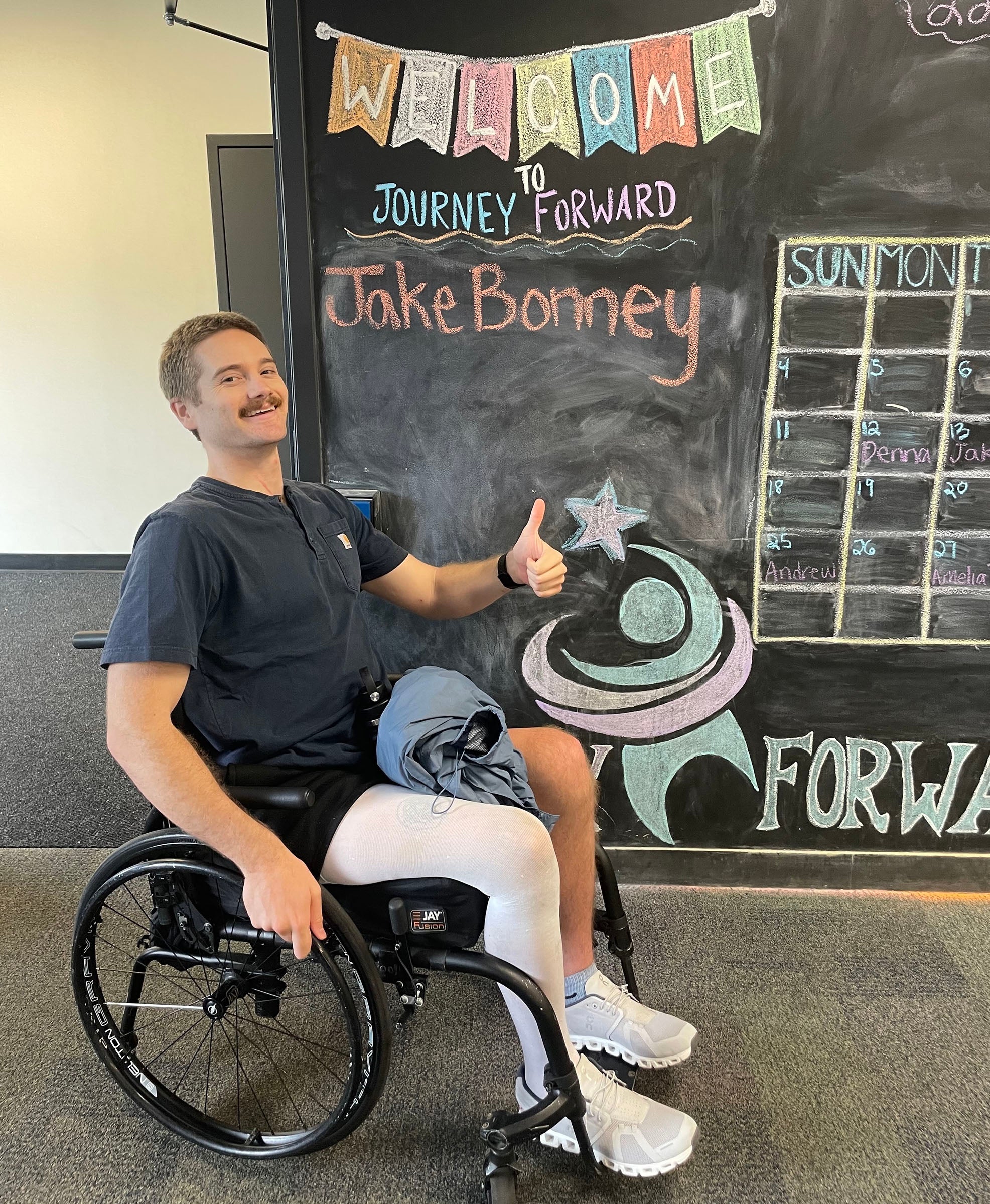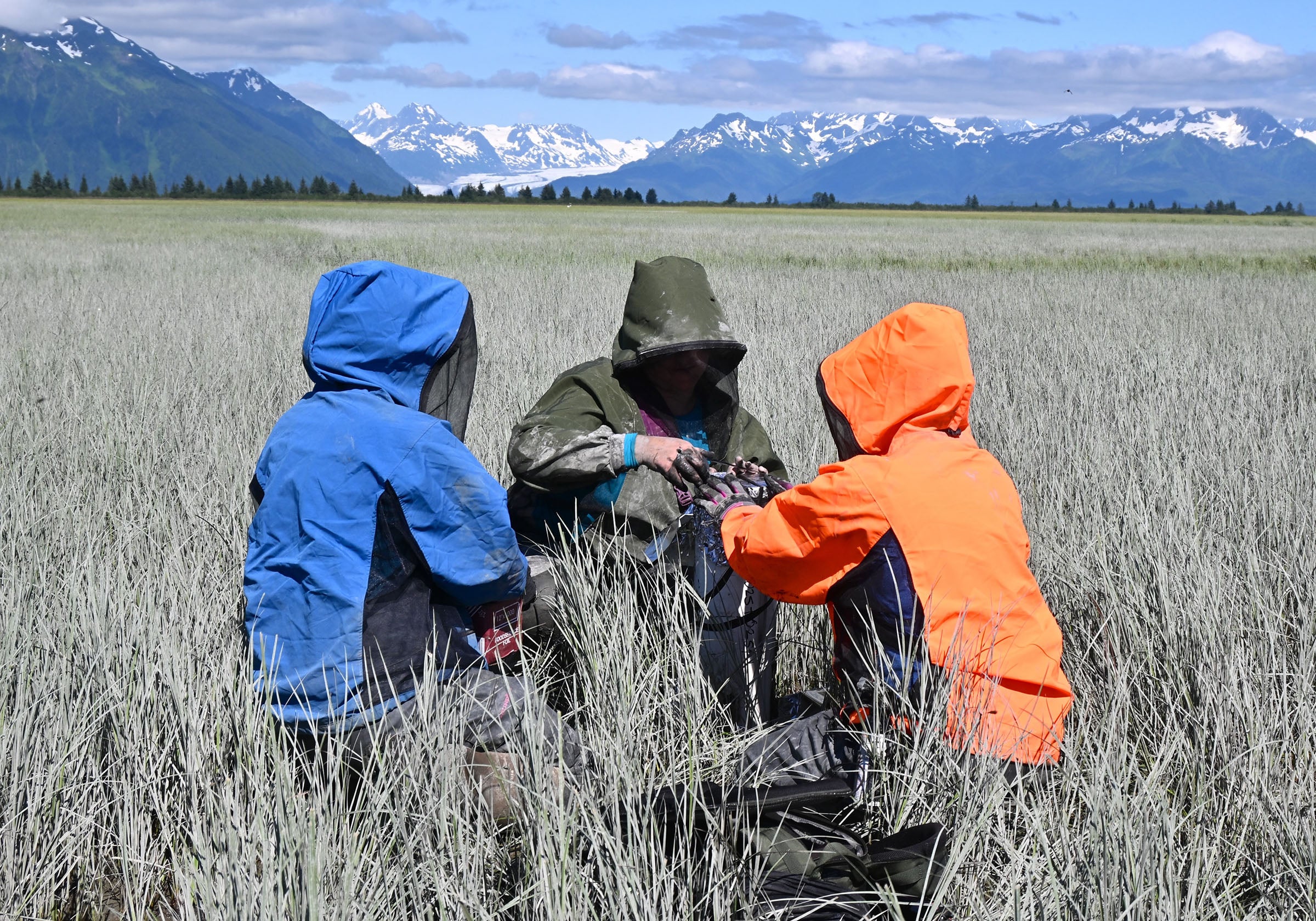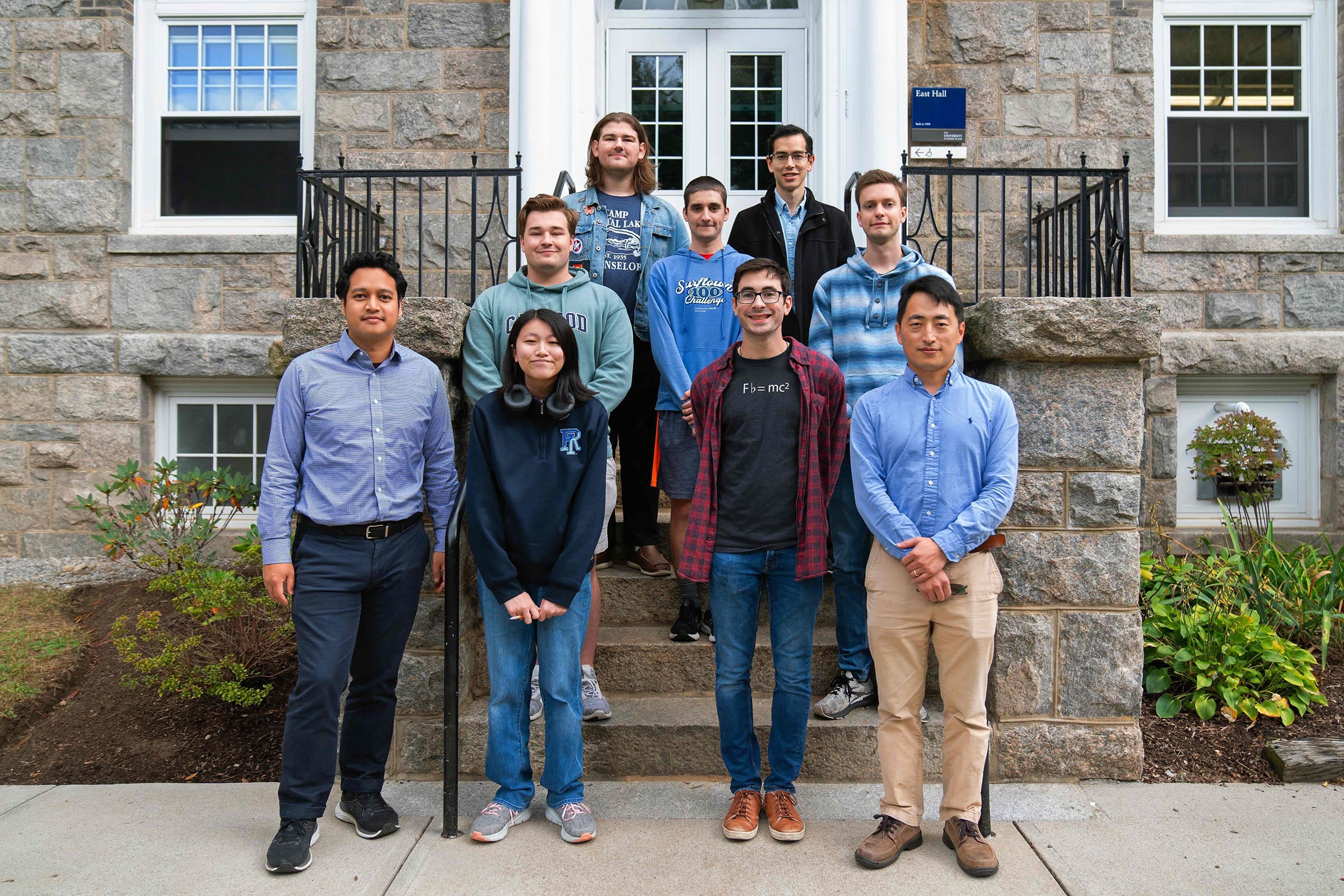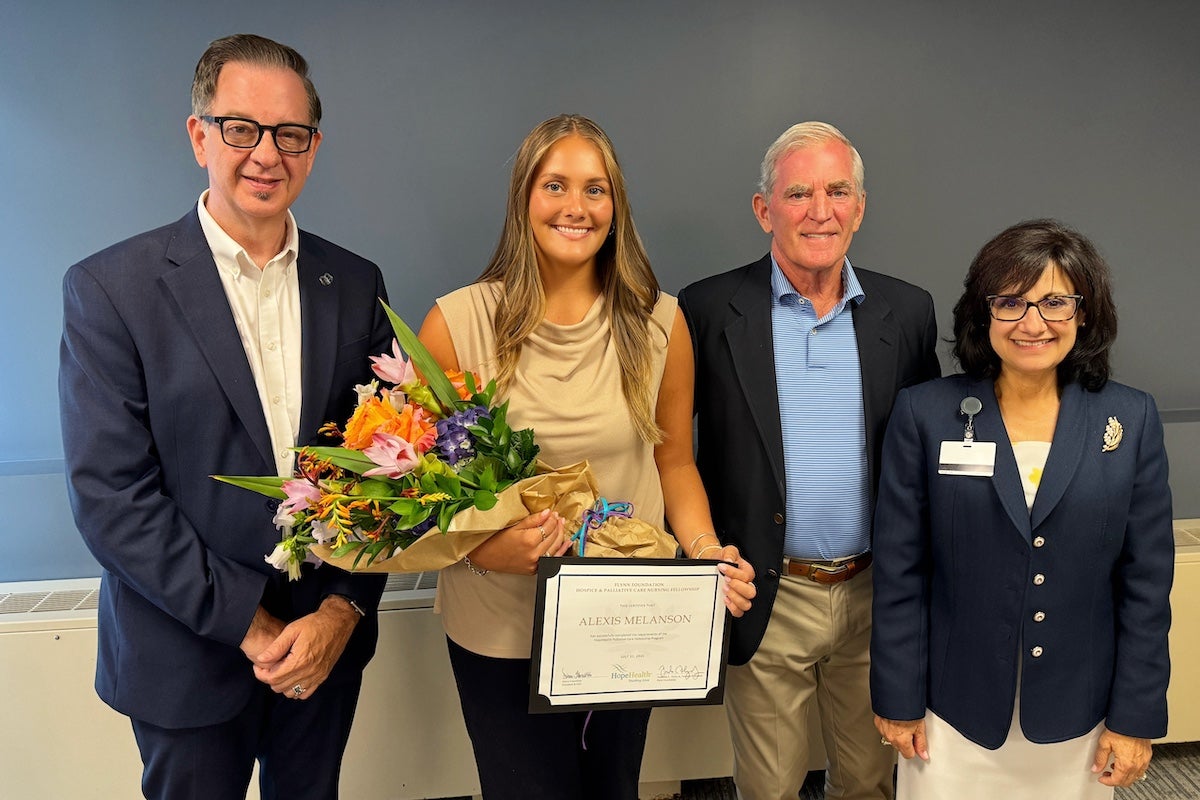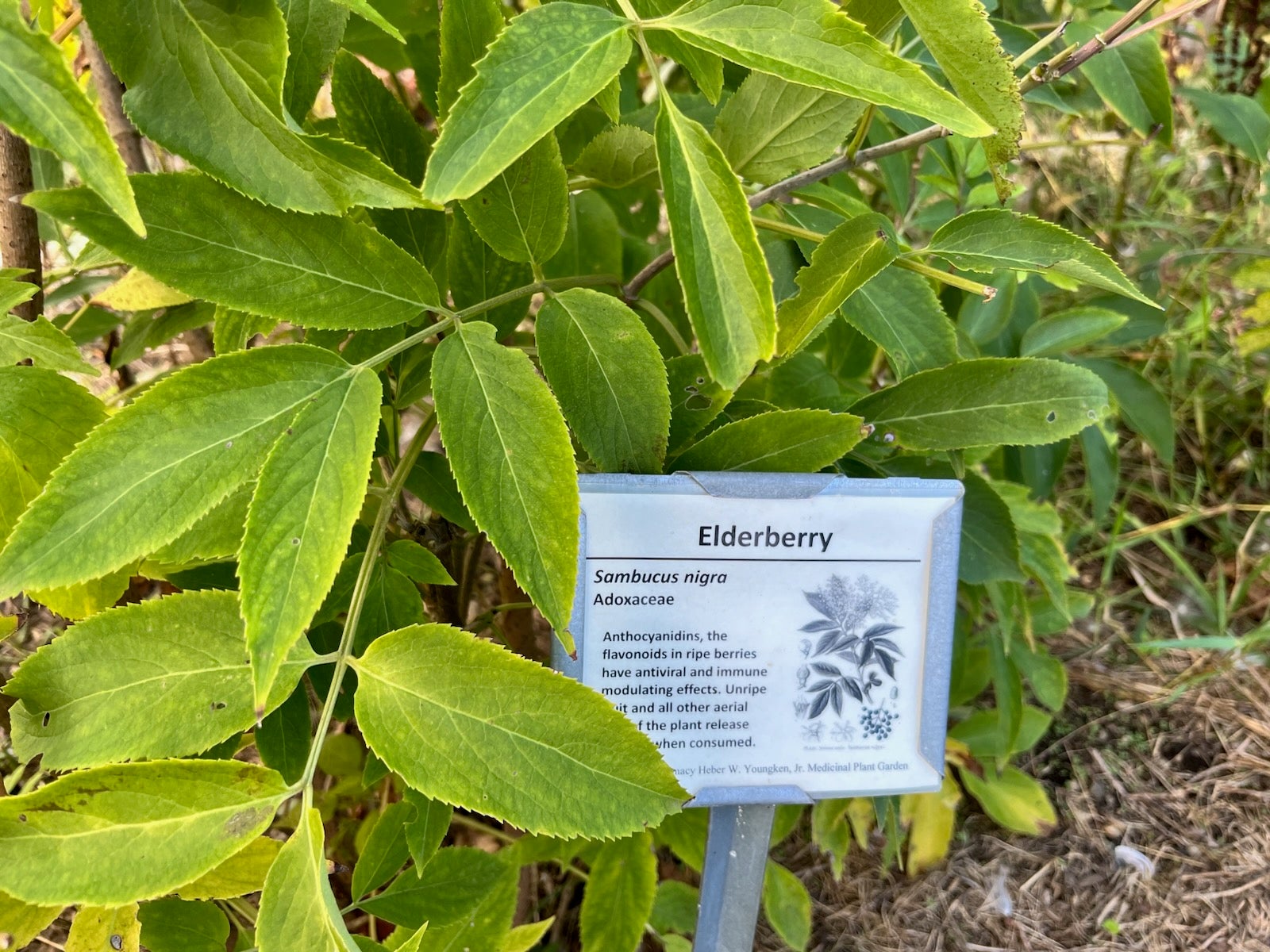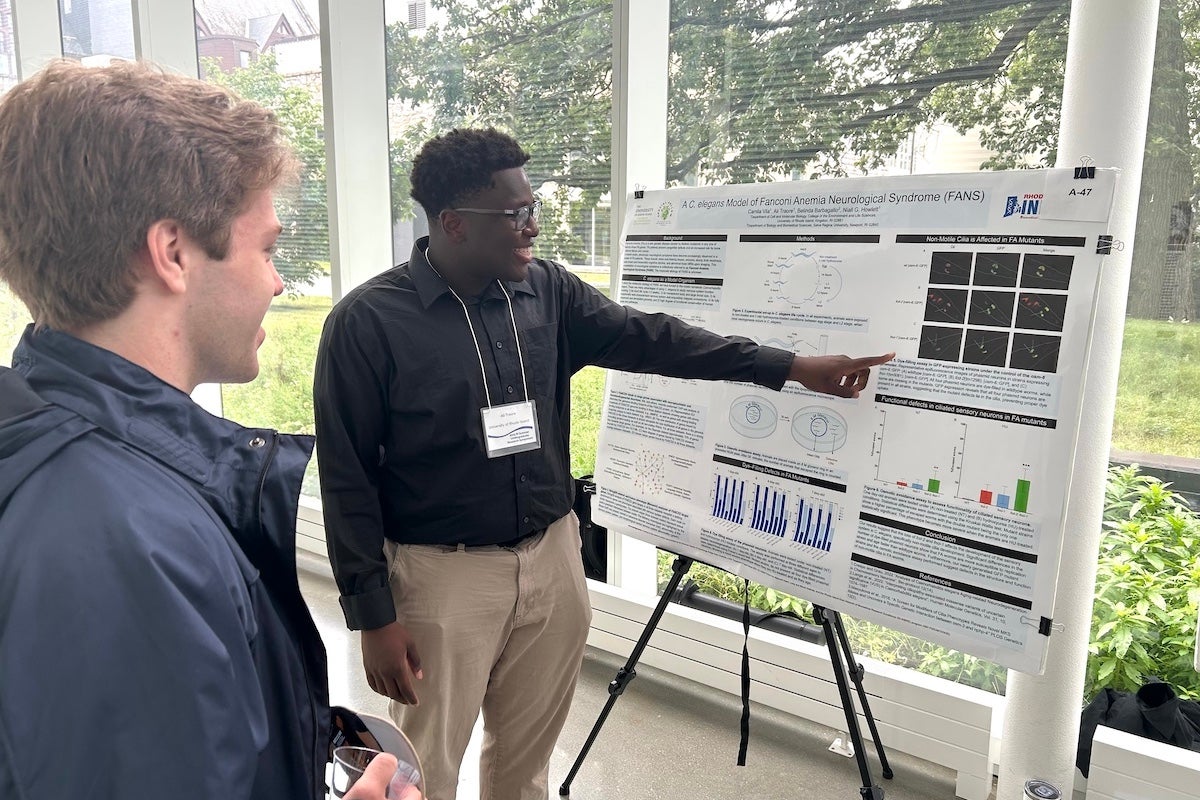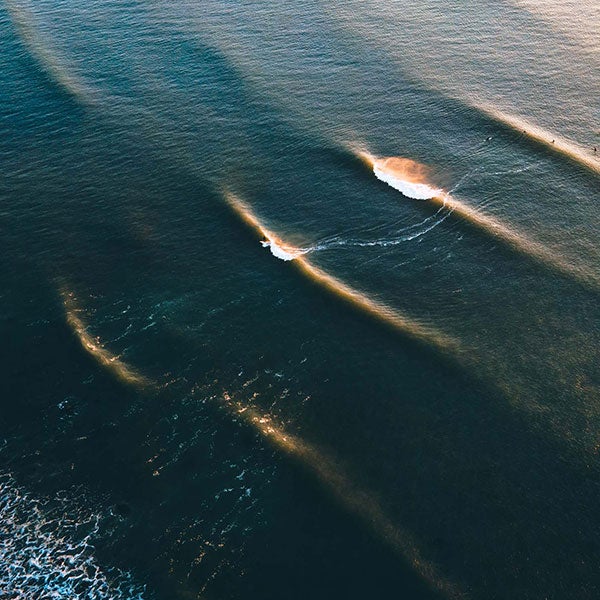While battling back from paralyzing accident, URI student searches for shipwrecks
KINGSTON, R.I. – Aug. 13, 2025 – Heavily influenced by his father’s role as a naval architect, Jake Bonney dreamed of working in ocean science from a young age.
“Growing up, I went into the office with him and tagged along on boat launches and stability tests,” said Bonney. “My father printed out drawings of the ships he was working on, and I colored them in.”
Years later, Bonney’s father accompanied him on tours of universities that offered ocean engineering programs. He chose to attend the University of Rhode Island.
Toward the end of Bonney’s bachelor’s degree studies in 2019, he participated in a three-week science and engineering internship program, in which he learned how to pilot a remotely operated vehicle (ROV) aboard the exploration vessel Nautilus. “I was immediately hooked,” said Bonney about the experience.

Bonny continued his ocean engineering studies at URI, completing his master’s degree and starting his Ph.D. in 2021. As a graduate student, Bonney operated and maintained ROVs aboard the Nautilus during 16 different Ocean Exploration Trust expeditions—including trips to habitats along the Olympic Coast of Washington state, a chain of underwater mountains near Hawaii, and the seafloor around Palau.
In 2024, Bonney gained more skills and responsibility, as he assisted with the upgrades to the ROV Hercules. He played an instrumental role in the software development and integration of the new hydraulic manifolds and manipulator arm into the control system.

But earlier this year an accident brought Bonney’s research travels and doctoral studies to a halt when he fractured two vertebrae in a ski accident, leaving him paralyzed from just under his chest down. On Jan. 14, the last day of a trip to Sunday River Resort in Newry, Maine, with his girlfriend Angela, Bonney hit a patch of ice, causing him to lose control and slide headfirst toward the edge of a trail, where he impacted a tree, fracturing his C6 and C7 vertebrae.
“When I was lying there on the mountain, one of my first thoughts was that I may never go to sea and fly an ROV again,” said Bonney, an East Greenwich, R.I. resident and Barrington, R.I. native.
Bonney was airlifted by helicopter to the Maine Medical Center in Portland, where he underwent two surgeries, one to relieve the pressure the fractured vertebrae were putting on his spinal cord and another to fuse the vertebrae and insert metal rods to prevent further injury. After 11 days in the intensive care unit, he was transferred to Spaulding Rehabilitation Hospital in Boston.
“My family and girlfriend have been with me from the moment I was injured, supporting and advocating for me every step of the way,” said Bonney. “I am so lucky to have the support system that I have. I don’t know what I would do without them.”
Bonney finished his Ph.D. coursework and passed his qualification exam prior to his injury but still needed to work on his dissertation proposal and the dissertation itself. However, rehabilitation requires all of Bonney’s time and effort, prompting him to put his studies on hold.
“My advisor, Dr. Chris Roman, was quick to facilitate my leave of absence and URI has been incredibly easy to work with,” said Bonney. “They’ve been helpful in answering my questions about insurance and about continuing my studies when I’m ready.”
Mental and physical battle
The public became more aware of spinal cord injuries after actor Chritopher Reeves’ accident during an equestrian competition 30 years ago. But the health issues that often accompany paralysis aren’t as well known.
“Your bladder and bowels don’t function like they used to, maintaining blood pressure is a constant battle, and you’re more susceptible to blood clots, muscle atrophy, loss of bone density, and pressure wounds. The list goes on and on,” said Bonney. “Doctors tell you your life has changed and that you may recover, but the extent of that recovery is almost impossible to predict.”
Bonney’s injury was classified as an incomplete spinal cord injury with an American Spinal Injury Association score of “C,” which meant his spinal cord wasn’t severed and the neural pathways were present.
“I was told the first 12-18 months are crucial and the more you can get your body moving in rehab the better,” said Bonney. “Not knowing what the return will look like, or how long it will take, is the hardest part mentally. You learn to celebrate the smallest of wins, such as wiggling a single toe.”
Joining the team remotely

After two months of battling physical and mental challenges, Bonney received an unexpected video call that lifted his spirits.
“Jason Fahy and Dave Casagrande of the Ocean Exploration Cooperative Institute reached out to me with the prospect of trialing new remote piloting software for their ROV,” said Bonney. “I was immediately on board. We coordinated a test day that fit into my rehabilitation schedule. They had the ROV Rhody at the Graduate School of Oceanography’s pier and I took control of the vehicle remotely from Spaulding Hospital.”
When Fahy led a team of students, scientists, and engineers from URI on the first survey of known shipwrecks in the Lake Ontario National Marine Sanctuary in late May, Bonney was asked to participate remotely.
“I was charged with building a team of URI’s most talented young engineers and scientists to help NOAA survey shipwrecks in Lake Ontario and Jake is the best ROV pilot enrolled at URI,” said Fahy, expedition leader and associate director of the Ocean Exploration Cooperative Institute.
Using new technology to operate the ROV remotely was challenging and rewarding for Bonney.
“It was a great experience with some valuable lessons,” said Bonney. “When you’re not on the ship, the natural situational awareness drops significantly. I had access to the ROV camera and sonar feeds but relied on communication with a standby pilot on board the ship to alleviate some of the lack of awareness. I was initially concerned with the remote internet connection and the potential for lag in the video streams, but it turned out to be almost unnoticeable.”
Bonney piloted the ROV for four hours on May 28, completing a photogrammetry survey of the steamship Iona, which sank in 1912.
“I previously flew ROVs on a few other shipwrecks, but this was a bit different,” said Bonney. “Rhody is much smaller, so you can fit into smaller spaces, get closer to obstructions, and really maneuver throughout the wreck. It took me 10 to 15 minutes before I settled in and really got a feel for how Rhody handled. I slowly surveyed the entirety of the wreck, making sure to capture multiple angles of every feature. The real-time photogrammetry model display from the Voyis cameras was very helpful.”
As thrilling as it was for Bonney to participate in the expedition, it was also exciting for his peers to have their teammate involved.
“It wasn’t lost on me or the team that our effort to enable remote piloting would boost Jake’s morale and hopefully inspire his continued recovery,” said Fahy. “Jake is a valued member of our team, and we wouldn’t have done it without him.”
Due to Bonney’s successful contribution, he has been tasked by the Ocean Exploration Cooperative Institute with developing ways to improve the remote piloting experience.
“I used to joke that I wanted to fly an ROV from my own couch one day, and then it happened,” said Bonney. “Now there are plans to incorporate remote piloting into more expeditions.”
The tough road ahead
At Spaulding Hospital, Bonney did two to three hours of physical therapy a day, five days a week. Now at home, Bonney goes to physical therapy once a week in Providence and trains three times a week at a facility called Journey Forward in Canton, Massachusetts, that specializes in neuro recovery. The process can be painful, frustrating, and lonely, but surveying a shipwreck with the ROV inspired the URI student to stick with it.
“It reinvigorated my fight to continue to get better and rejoin my shipmates in the future,” said Bonney.
Bonney’s condition has shown improvement, with him regaining some sensation below the level of injury. He still can’t feel hot or cold, or pain, but the sense of touch has started to return. In April, he saw the first movement in his right toe. Since then, some activation has returned in his hip flexors and quadriceps.
Bonney’s family set up a Go Fund Me page to offset his medical and rehabilitation expenses.
Bonney plans to continue his doctoral studies in January 2026. If he returns to URI as a full-time student, he’ll complete his Ph.D. about two years later.
“Prior to my injury, the focus of my Ph.D. was using an autonomous vehicle and sensor systems to monitor harmful algal blooms in coastal ponds and lakes,” said Bonney. “That required a lot of field work and data collection. Post injury, my involvement with the shipwreck expedition has shifted my interest toward the development of remote operations and research that would require less fieldwork. However, the itch to return to the ocean is always present,” said Bonney.
Latest All News
- Alaskan salt marshes offer insight to understudied, but dynamic environmentsKINGSTON, R.I. – Aug. 13, 2025 – The most powerful earthquake in U.S. history originated along the south coast of Alaska on March 27, 1964. It measured 9.2 on the Richter scale, triggered a tsunami that endangered people as far south as California, and altered the Alaskan landscape dramatically. When the earthquake lowered or lifted […]
- URI physics professor receives NSF CAREER award for research in quantum information processingKINGSTON, R.I. – Aug. 12, 2025 – University of Rhode Island physics professor Wenchao Ge has been awarded a National Science Foundation Faculty Early Career Development (CAREER) Program award to explore a novel technique for improving the performance of trapped-ion quantum information processors. NSF CAREER recognition is one of the nation’s top awards for early-career […]
- URI nursing student gets hands-on experience in palliative careKINGSTON, R.I. — Aug. 12, 2025 —University of Rhode Island College of Nursing student Alexis Melanson is the latest participant in the Susan D. Flynn Palliative Care Undergraduate Fellowship. Melanson, a senior from Leominster, Mass., received a certificate of completion during a ceremony at HopeHealth Hospice Center in Providence on Aug. 1. The Center partners […]
- URI’s medicinal garden offers up-close look at the roots of modern medicine, open to the publicKINGSTON, R.I. – Aug. 12, 2025 – We don’t know if Heber W. Youngken Jr. was a Joni Mitchell fan but his namesake garden at the University of Rhode Island neatly reverses her 1970 hit, replacing a parking lot with a paradise. The garden is named after the College of Pharmacy’s founding dean, a pioneer […]
- Student researchers present dynamic biomedical studies during Summer Research SymposiumKINGSTON, R.I. — Aug. 7, 2025 — More than 350 students and faculty members from 10 colleges and universities around the state converged on the University of Rhode Island Aug. 1 to showcase 150 biomedical research projects they’ve spent the summer studying, as RI-INBRE, RI-EPSCoR-NEST, and Navy STEM hosted URI’s 21st annual Summer Research Symposium. […]
- URI Magazine Summer 2025Learn about a film bringing a mythic local tradition to life, URI's land-grant university mission, the mystery behind Isabella Stewart Gardner Museum's famed art heist—and much more.



